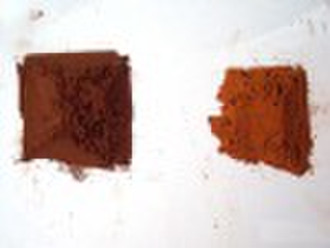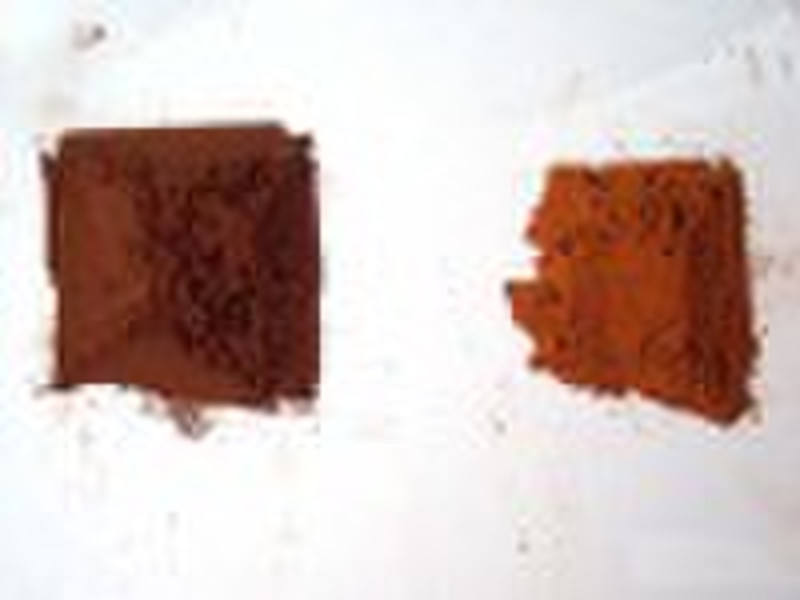theaflavin

Katrina Wu
联系人姓名
基本信息
| 包装 | Drum |
|---|---|
| 出生地 | Sichuan China (Mainland) |
| 年级 | food grade |
| 牌子的名字 | DEHE |
| 类型 | 茶叶中提取 |
| 形式 | 粉 |
| 一部分 | 叶 |
| 开采的型 | 溶剂萃取 |
Theaflavins are polyphenols that were found in black tea originally. The characteristic orange and brown colour of brewed black tea is mainly contributed by the presence of the theaflavins (TFs) and the thearubigens (TRs). They also give astringency and body to the brewed tea. TRs are larger in size and darker in colour than TFs. Generally, to prepare black tea, fresh leaves of the plant Camellia sinensis are withered to lose moisture and bring about chemical/biochemical changes especially in aroma, then fermented, in which process enzymes in the tea leaf use atmospheric oxygen to oxidise various substrates to produce coloured products, and then dried at high temperatures to stop the enzyme activities. The chemical structures of the TFs are well known and the four main theaflavins are known as theaflavin (TF1), theaflavin-3-monogallate (TF2), theaflavin-3'-monogallate (TF3) and theaflavin-3-3'-digallate, (TF4). Theaflavins are produced during the oxidative fermentation of leaf tea to produce black tea, in which process polyphenol oxidase is responsible to oxidize polyphenols into theaflavins. Most theaflavins are known to be antioxidants. Therefore there is great interest in the food, dietary supplement and health-care industries in production and incorporation of theaflavins in various products. Recent years more and more studies suggested that theaflavins show a range of functional properties, for example anti-inflammations and reduced LDL cholesterol in patients with raised cholesterol levels.
交货条款及包装
Packaging Detail: double-layer PE bag in 40*50*60 drum Delivery Detail: one week
端口: Ningbo
付款条款
Letter of credit
Telegraphic transfer
-
支付方式
我们接受:









